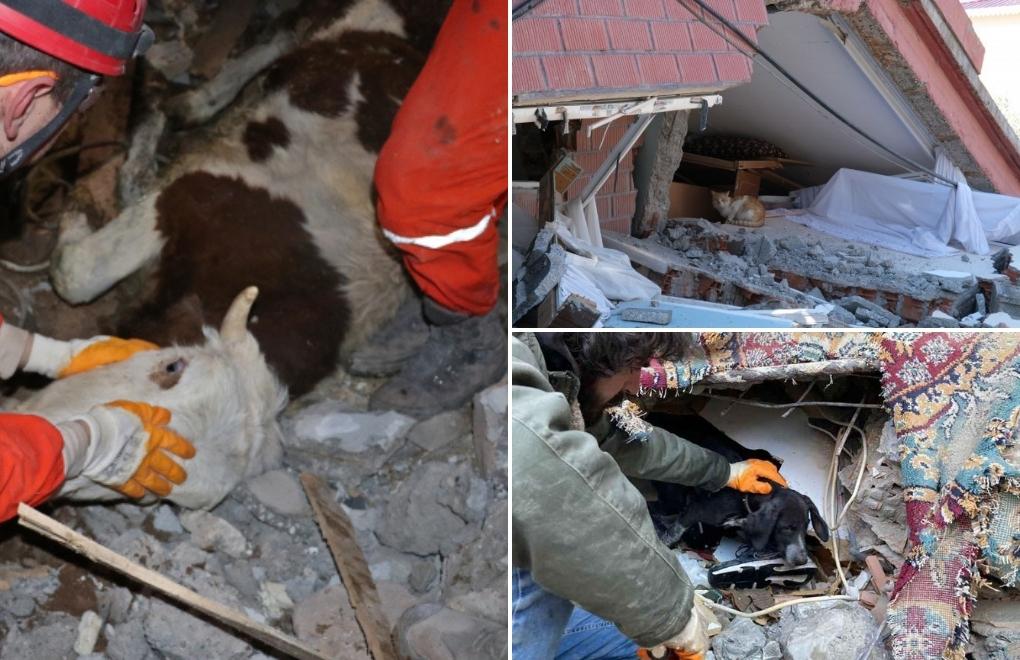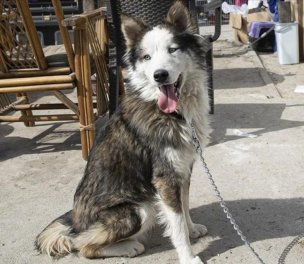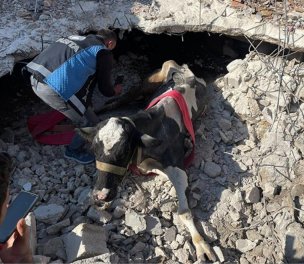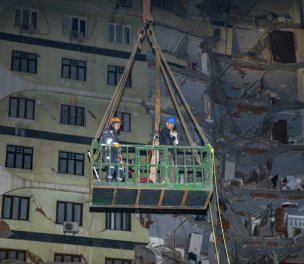Photos: MA, AA
Click to read the article in Turkish / Kurdish
The number of animals that were killed in the February 6 earthquakes or were trapped under the rubble is not yet known because no data has been kept.
Also, the mass displacement in the region limits the number of people who can take care of animals that survived the quakes.
Rojda Kurtuluş, a member of the İzmir Bar Commission for Animal Rights, explained her observations in Defne, Hatay, to Mezopotamya Agency (MA).
"There are thousands of animals under the rubble or damaged buildings, and they are still alive. Since the day the earthquake occurred, they have been waiting to be rescued without food or water.
"Animals are also affected by dust, smoke and asbestos. Tens of thousands of animals are in danger.
"The state could not rescue animals, as it could not rescue humans. Especially Hatay, Maraş and Adıyaman are emptied. After a while, these cities will turn into construction zones. Construction machines will kill the animals, even if hunger and thirst don't.
"Volunteers' efforts for animals are not adequate. Municipalities should rescue animals and create places for them to shelter. The municipalities should regularly feed and vaccinate animals."
The earthquakesOn February 6, two earthquakes with a magnitude of 7.7 and 7.6 struck the southern city of Maraş. The first quake in the Pazarcık district at 4.17 a.m. was followed by the second one in Elbistan about nine hours later. The quakes affected 11 cities in Türkiye's south and southeast, as well as Syria's northern parts, where over 5,000 people have died. Türkiye's death toll from the quakes stands at over 45,000 and is expected to increase further, as over 160,000 buildings were destroyed or severely damaged, according to government figures. Nearly two million people have been displaced due to the earthquakes. |
(TY/VK)







